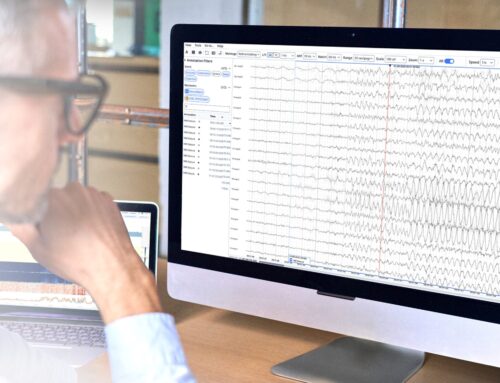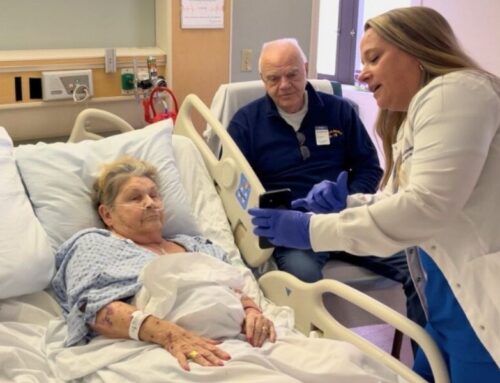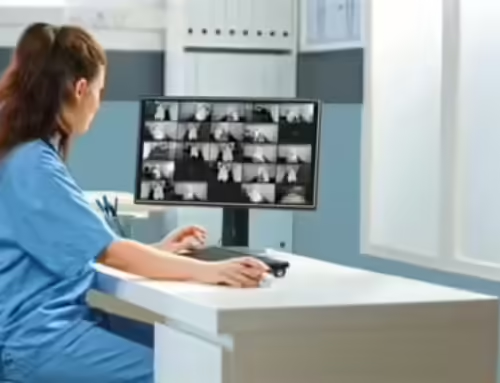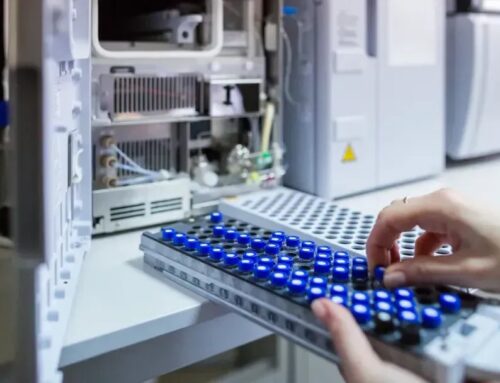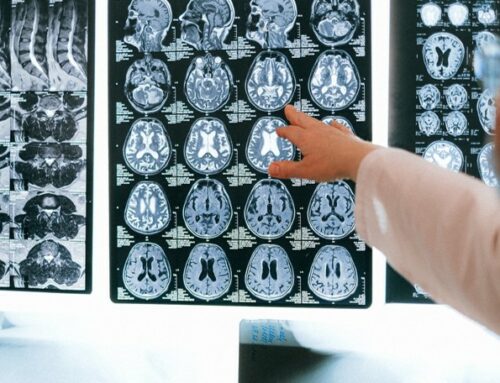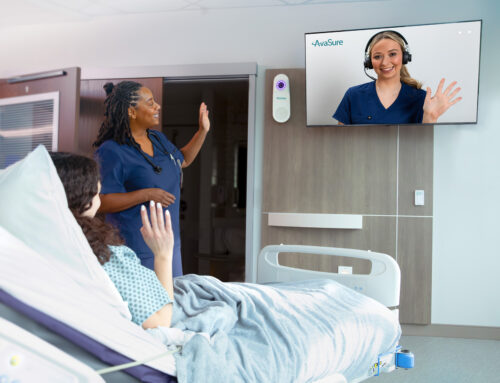By: T. Scott Law Sr., CPA, founder and CEO of Zotec Partners |
Combating physician burnout is a long-standing challenge in the healthcare industry, but the struggle has reached new heights in the wake of COVID-19. According to a recent study by Medscape, only 49% of physicians reported being happy in 2020 — a 20% drop from the year before. Critical care physicians, arguably the hardest hit by the pandemic, had a burnout rate of 51%.
It might be tempting to write off this high number as a spike caused solely by the pandemic, but that would ignore the underlying, long-term problem. That same report noted that bureaucratic tasks and long work hours were the two most cited reasons for burnout — both factors that existed long before the pandemic and will exist long after it.
The problem doesn’t just affect healthcare professionals. Patients who need more attention often don’t get it, while those who can be treated quickly and efficiently are stuck waiting for appointments or dealing with bureaucratic tasks on their own. COVID-19 has simply exacerbated a problem that was already there.
It hasn’t been all bad, though. The rise of telehealth necessitated by the pandemic has forced healthcare organizations to reconsider how they handle patient interactions while seeking new paths forward. Perhaps the most promising outcome is the application of machine learning in healthcare. This technology can push the future of healthcare to new heights by focusing on speed, accuracy, and instant access to information. In the process, it can minimize patient frustration and improve patient interactions.
How Machine Learning Minimizes Friction and Improves Interactions
Imagine, for a moment, having the vast knowledge of IBM’s Watson supercomputer constantly at your side, ready and willing to answer patient questions, diagnose common diseases, analyze x-rays and scans, and perform administrative tasks like billing and patient intake. Then imagine what you’d do with the time it could save you — machine learning makes that dream a reality.
The technology can take on coding processes, help detect potential errors, and even help doctors with decision-making. How much weight would this technology take off of healthcare workers’ shoulders? How much time would it free up for more urgent and complex cases?
And that’s just the tip of the iceberg. It’s anticipated that AI and machine learning will drive about 80% of modern medical advances by next year. Thanks to the wealth of data at the healthcare industry’s disposal, machine learning tools are already finding ways to reduce costs, improve collections, and lower denial rates.
We’ll also continue to see more vision-based machine learning solutions that will help measure biometrics like heart rate, temperature, and pupil dilation. These tools are already at a point where they can detect breast cancer with roughly 89% accuracy, leading us to believe that even more incredible advances are on the horizon.
Machine learning use cases will accelerate quickly over the next few years, which means now is the perfect time to get on board. There are four major areas where healthcare leaders can implement machine learning today to fight physician burnout and improve patient interactions tomorrow:
1. Data analysis
The future of healthcare will be heavily reliant on data, and your success will depend on how much you can do with that data. Think about all of the patient information you’ve gathered over the years — have you taken advantage of it to the fullest extent?
Machine learning can analyze this data and help improve the patient experience. It can develop more efficient workflows and communications, find ways to save time and money for the patient, and even help doctors make better care decisions.
2. Redundant tasks
Like any profession, healthcare requires some busy work to keep the lights on and keep patients healthy. Thanks to technology, however, much of that work doesn’t have to be done by humans.
Realistically, most of your staff members should be able to spend 80% of their time on the 20% of the tasks that require their full attention and critical thinking skills; the rest can be incorporated into machine learning. This is good for the patient, and it’s a significant asset for combating physician burnout.
3. Telehealth
There’s no question that the human touch is an important element of effective healthcare. It’s equally important with telehealth, but that doesn’t mean machine learning should be left out entirely. The right tools can help make virtual patient-doctor interactions even more effective.
Machine learning can help address patient questions early in the clinical care journey, providing answers quickly and from the comfort of their homes. It can also be used to free up time for healthcare professionals, allowing them to focus on patients who require more time and in-depth consultations. Although the rise of telehealth brought with it many benefits, it didn’t add time to a physician’s day — machine learning can.
4. Revenue cycle management
The revenue cycle management (RCM) process can be time-consuming and challenging for both patients and healthcare organizations. Machine learning has the power to make much of this easier, faster, and perhaps even less expensive.
Many RCM providers already use machine learning to get to know patient preferences and communicate with them in the time, place, and manner they prefer. As machine learning becomes smarter and collects more data, machine learning tools will be better equipped to find new ways to cut costs and save time. Implementing these tools now will boost your RCM process in the present and continue to improve it well into the future.
The beauty of machine learning is that it can make treatment more personal rather than less. Many of the tiny decisions that consume much of a physician’s day are taken care of through automation, paving the way for more in-depth and meaningful patient-doctor interactions. In many ways, the future of healthcare is already here — and 2021 is the year to embrace it.
About the Author
T. Scott Law Sr., CPA, is the founder and CEO of Zotec Partners, which works with healthcare providers and their patients across the country to simplify the business of healthcare and continually innovate the patient financial experience. Scott graduated from Butler University with a Bachelor of Science Degree in Accounting. He is a member of the Radiology Business Management Association, the Medical Group Management Association, and the American College of Radiology’s Radiology Leadership Institute.




